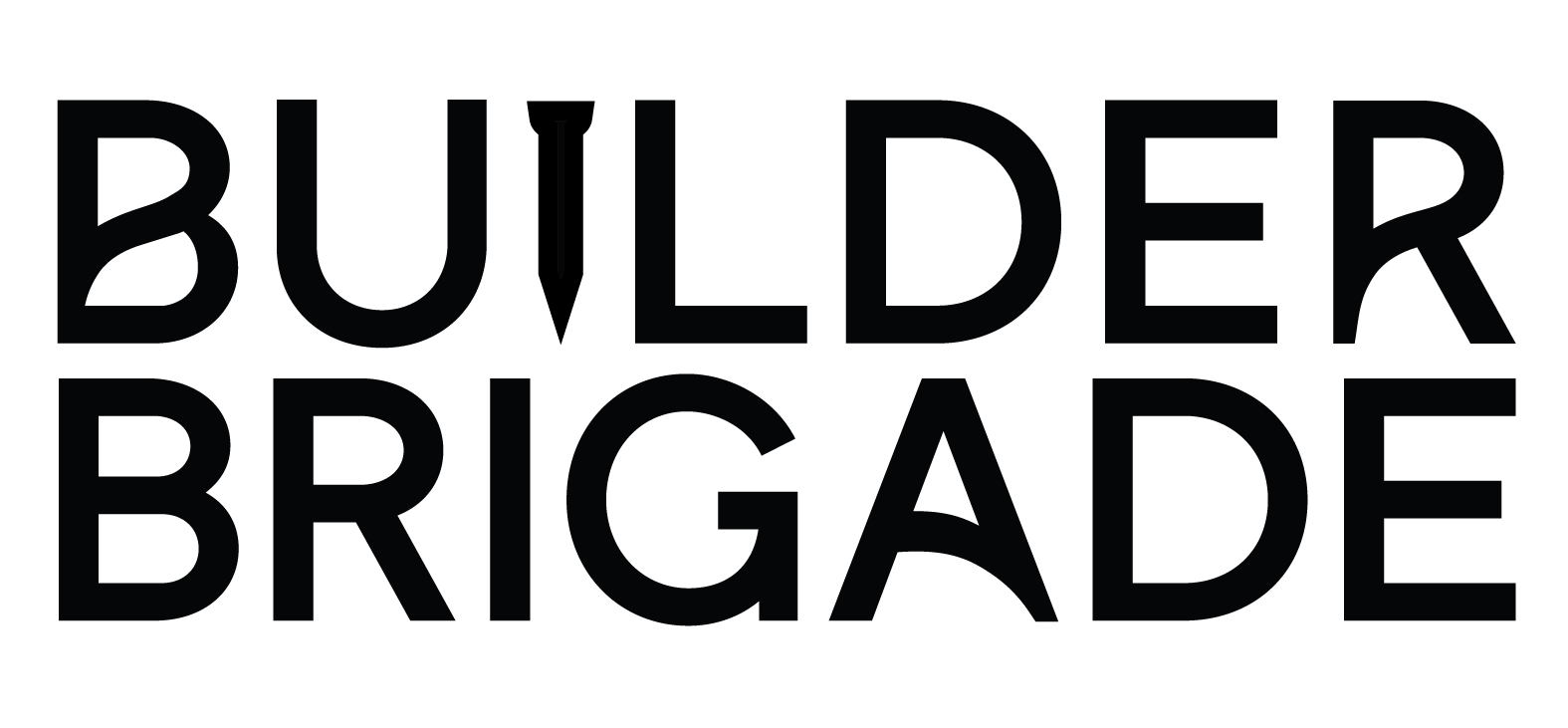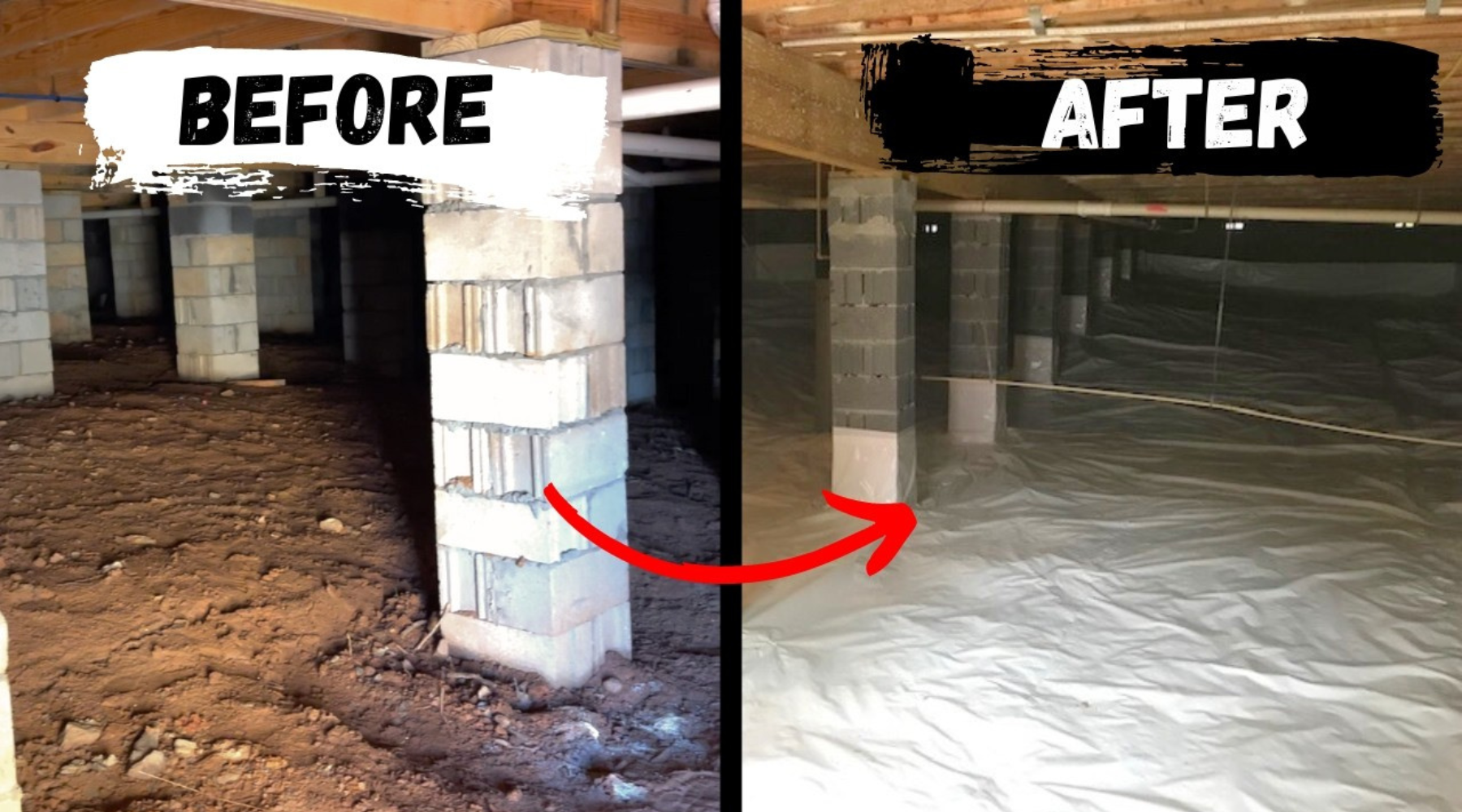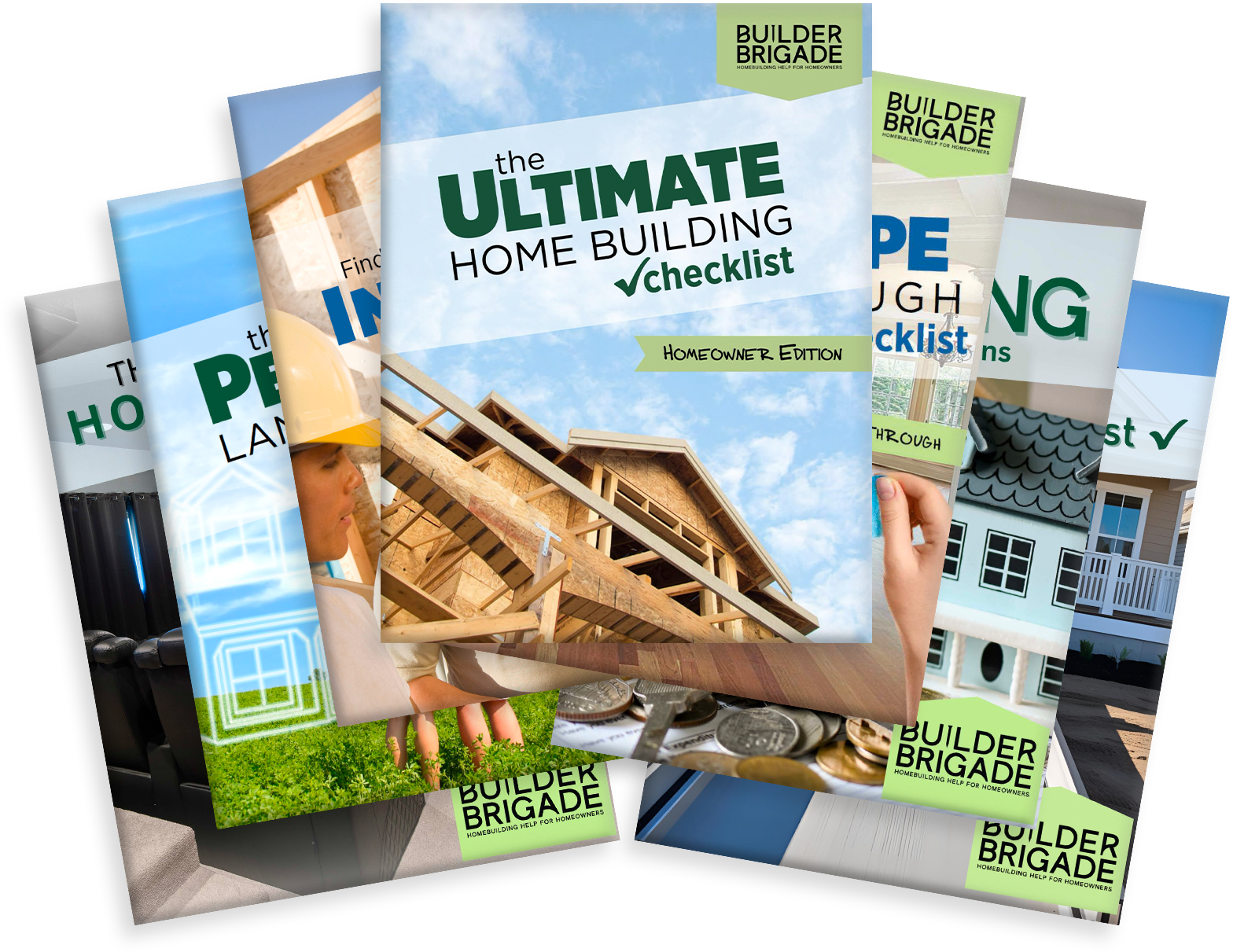When you think of the space beneath your home, you might picture a basement, but what if there’s no basement? Enter the crawlspace—a shallow, unfinished area between the ground and the first floor. Just as its name suggests, a crawlspace is typically only high enough for someone to crawl through.
Crawlspaces are often found in homes that don't have basements or full-height foundations. If you’ve ever been in one, you’ll know it’s often dirty, dark, and dingy! Encapsulating your crawlspace is a great way to significantly improve the condition and function of this often-neglected part of your home.
What is crawlspace encapsulation?
Crawl space encapsulation involves covering the entire area beneath your house with a plastic vapor barrier. This isn't just about laying down plastic sheets loosely; it's a comprehensive sealing process where the vapor barrier is taped to the stem walls and wrapped around beams to ensure that no moist air can penetrate from the ground into the crawl space.
What is the point of encapsulation?
The goal of encapsulation is to create a controlled environment within the crawlspace, reducing the risk of mold, mildew, and wood rot, while also improving the overall energy efficiency of the home. Because no moisture penetrates through the floor of your home, you maintain a dry environment and the air quality of your home drastically improves.
Some benefits of crawlspace encapsulation include improving indoor air quality, preventing mold, and reducing pest entry points. While you might not completely recoup the cost of this project through energy savings alone, encapsulation does enhance energy efficiency by reducing strain on your HVAC system.
What are the negatives of encapsulation?
The biggest drawback of crawl space encapsulation is the cost. Prices can range from $5 to $10 per square foot, and sometimes even higher, depending on your region and specific circumstances like the need for mold removal or insulation replacement. It’s important to get multiple quotes to ensure you're getting a fair price and quality service. I recommend getting at least three quotes from contractors in your area to make sure you’re not being taken advantage of!
Can you do it yourself?
Crawlspace encapsulation can be a big DIY endeavor, it’s a significant undertaking that can turn a weekend project into a multi-week ordeal. I would recommend hiring a professional due to the complexity, time and labor involved. However, if your budget is tight then the DIY route is possible!
Additional features to consider
Dehumidifiers and sump pumps are often suggested as additional features to a crawlspace encapsulation. A dehumidifier helps by pulling moist air out of the crawl space, which is crucial for maintaining a dry environment. A sump pump can be a helpful emergency feature to deal with any water accumulation from leaks or flooding. These aren’t always essential but should be discussed with the installer to see if you’ll get the most bang for your buck by including these additional features.
Should you encapsulate your crawlspace?
YES! Encapsulating your crawl space is a valuable investment that can significantly enhance your home's air quality, energy efficiency, and cleanliness. If it's within your budget, it's definitely worth considering. You'll especially appreciate the difference the next time you need to access the space beneath your home.
Find all of the tips and ideas from my videos organized in here:
The Ultimate Home Building Checklist at https://builderbrigade.com







